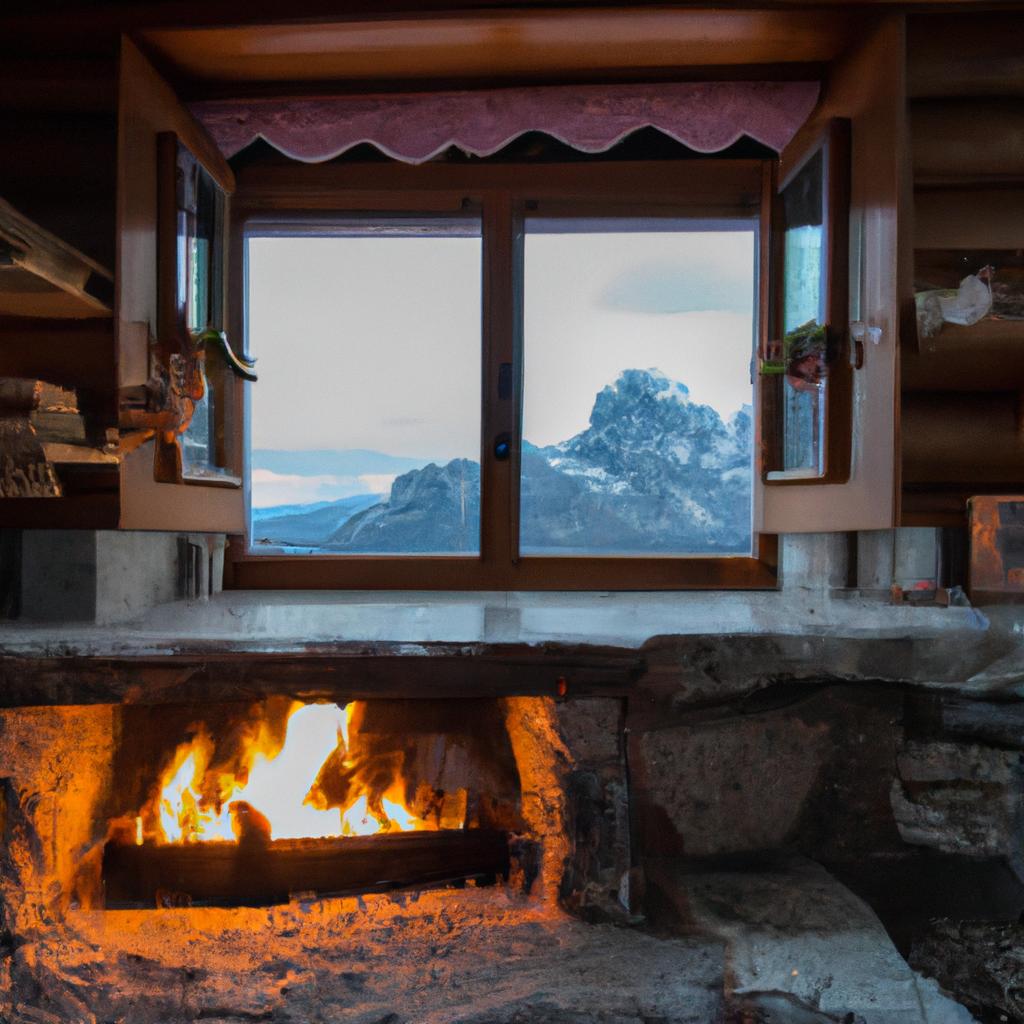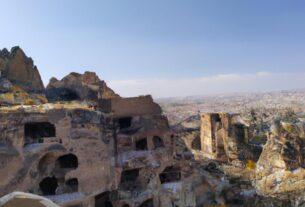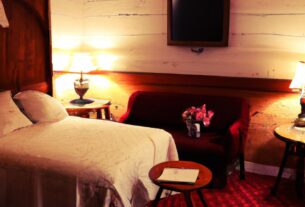Are you an adventurous traveler seeking an extraordinary experience in Italy? If so, put exploring the Italian Alps and staying in an Alpine Refuge at the top of your bucket list! Alpine Refuges are traditional mountain huts situated at high altitudes, providing shelter and refreshments for hikers, climbers, and skiers. In this comprehensive guide, we’ll delve into Alpine Refuges in Italy, including their intriguing history, breathtaking locations, facilities and services, as well as their significance and the challenges they face.
History of Alpine Refuges in Italy
The Italian Alps boast a rich history dating back to the Bronze Age, with ancient mountain trails still in use today. The first Alpine Refuge in Italy was established in 1874 on Gran Paradiso, the country’s highest peak entirely within its borders. Initially designed for hunters and climbers, this refuge offered basic amenities. However, as mountaineering gained popularity in the late 19th century, more Alpine Refuges were constructed to cater to the growing number of visitors.
The Club Alpino Italiano (CAI), founded in 1863, played a pivotal role in the development of Alpine Refuges in Italy. As a non-profit organization promoting mountaineering, hiking, and climbing, the CAI currently manages over 200 Alpine Refuges across the country. With a philosophy rooted in environmental respect, the CAI constructs refuges using sustainable materials and utilizes renewable energy sources. Over the years, Alpine Refuges in Italy have become an integral part of the nation’s cultural heritage and tourism industry.
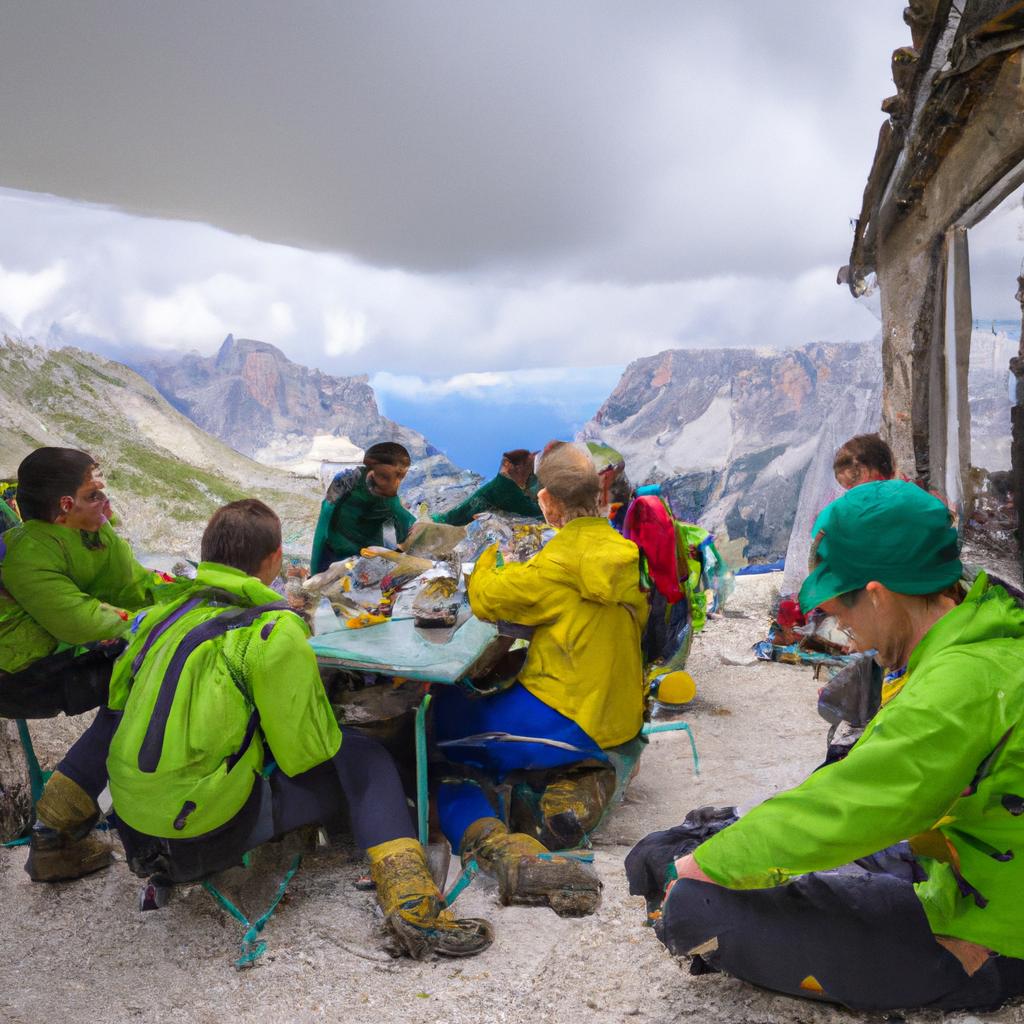
Location of Alpine Refuges in Italy
Located in the northern regions of Italy, nestled within the Italian Alps, Alpine Refuges offer stunning surroundings that captivate nature enthusiasts. The most popular regions for Alpine Refuges are Trentino-Alto Adige/Südtirol, Lombardy, and Piedmont. Among these regions, Trentino-Alto Adige/Südtirol boasts the highest number of Alpine Refuges, with over 80 found in the Dolomites, a UNESCO World Heritage Site. Lombardy is home to approximately 50 Alpine Refuges, while Piedmont houses over 30. These refuges are typically situated in remote areas, some accessible only by foot or cable car. However, many can be reached by car or public transportation.
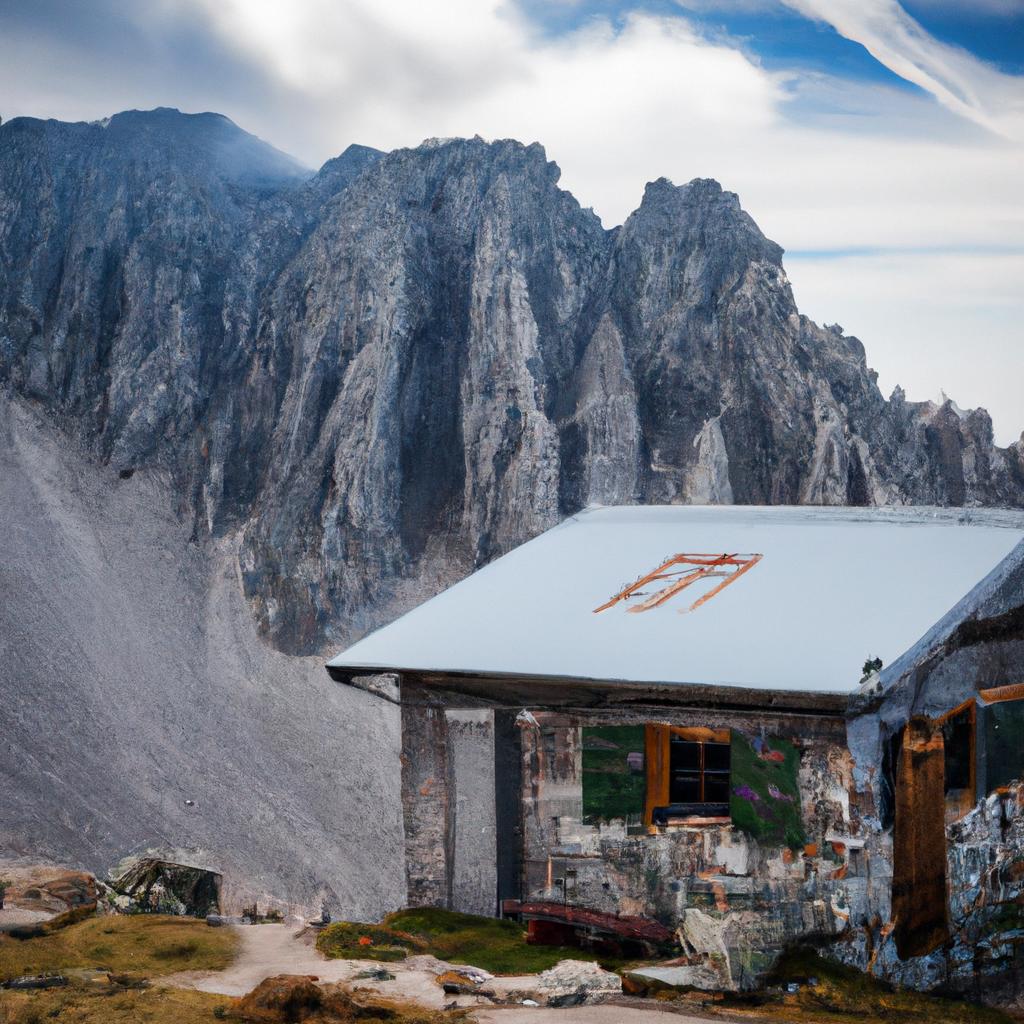
The accessibility of Alpine Refuges in Italy varies based on their location and altitude. Some refuges perch at high altitudes, requiring a hike or climb to reach them. Others are conveniently located near roads or cable cars, making access easier. Remote refuges offer a unique experience, as you’ll traverse breathtaking mountain landscapes to reach them. However, these refuges demand a higher level of fitness and preparation.
The Trentino-Alto Adige/Südtirol region boasts the most accessible Alpine Refuges, with some located at altitudes as low as 1,000 meters above sea level. Lombardy and Piedmont also offer refuges at lower altitudes, rendering them more accessible to less experienced hikers or families with children.
Facilities and Services in Alpine Refuges in Italy
Alpine Refuges in Italy provide a range of facilities and services tailored to their size and location. Most refuges offer basic accommodations, delicious food and beverages, as well as engaging activities and guided tours.
Accommodations available in Alpine Refuges in Italy
A variety of accommodations await visitors at Alpine Refuges in Italy, including shared dormitories, private rooms, or even bivouacs. These accommodations, while basic, offer comfort with bunk beds, blankets, and pillows provided. Some refuges also offer sleeping bags for rent. Shared bathrooms boasting hot water and toilets are available at each refuge.
Food and beverages served in Alpine Refuges
Prepare your taste buds for an adventure! Alpine Refuges in Italy serve an array of food and beverages, ranging from breakfast to lunch and dinner. The cuisine is simple yet delectable, showcasing local specialties and ingredients. Vegetarian and vegan options are also available. To quench your thirst, refuges provide hot beverages like tea, coffee, and hot chocolate, as well as cold beverages such as beer and wine.
Activities offered in Alpine Refuges in Italy
Alpine Refuges in Italy go beyond just accommodation and nourishment. They offer a myriad of activities, including hiking, climbing, skiing, and snowshoeing. Additionally, refuges provide guided tours and courses on mountaineering, rock climbing, and skiing. Some refuges even feature playgrounds for children, ensuring a family-friendly experience.
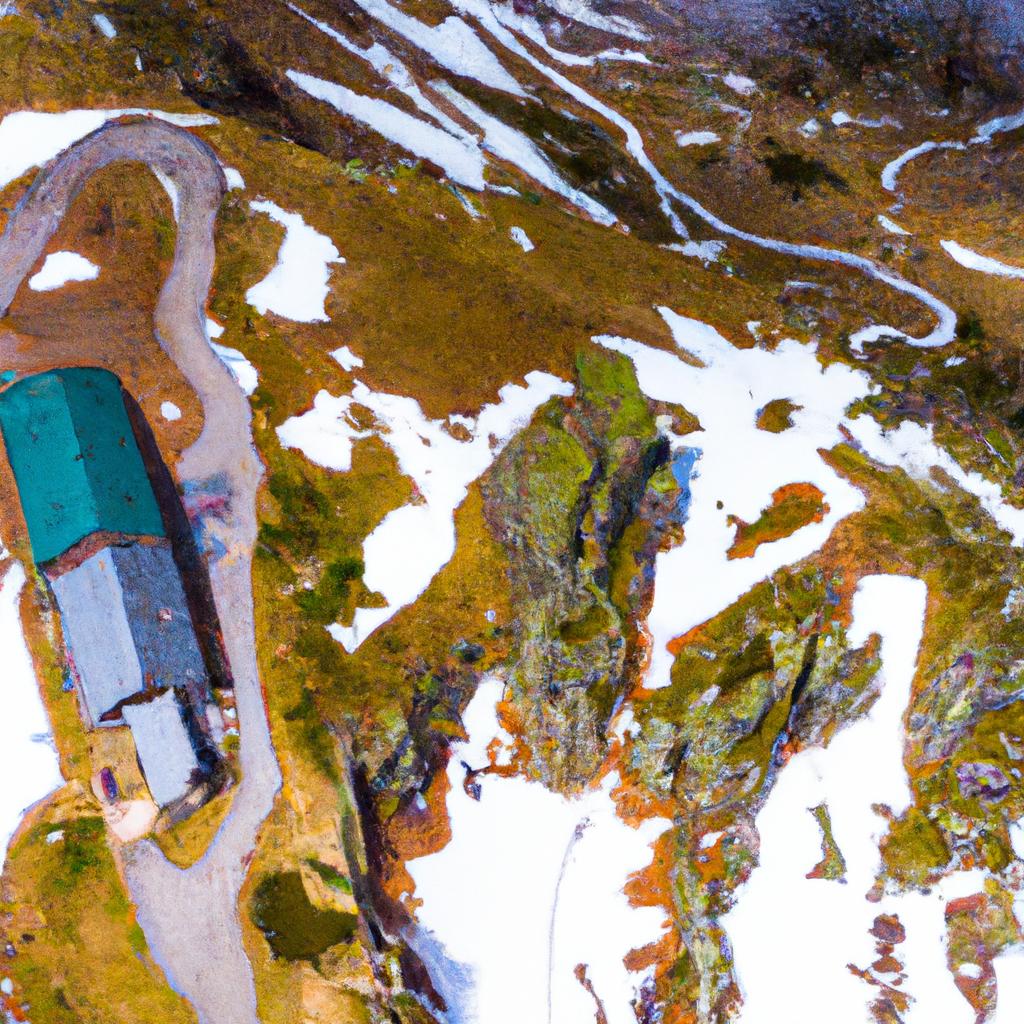
Importance of Alpine Refuges in Italy
Alpine Refuges hold significant value for the economy and environment of Italy. They attract thousands of visitors each year, generating revenue for local communities and businesses. According to a report by the CAI, Alpine Refuges in Italy recorded over 1 million overnight stays in 2019, with an estimated economic impact of €50 million. This report also states that Alpine Refuges support over 2,000 jobs, directly and indirectly.
Moreover, Alpine Refuges in Italy have a profound environmental significance. Situated in some of the most pristine and protected areas of the Italian Alps, they serve as base camps for researchers and conservationists. Many Alpine Refuges actively engage in environmental education, promoting sustainable tourism practices, and preserving the natural heritage of the Alps.
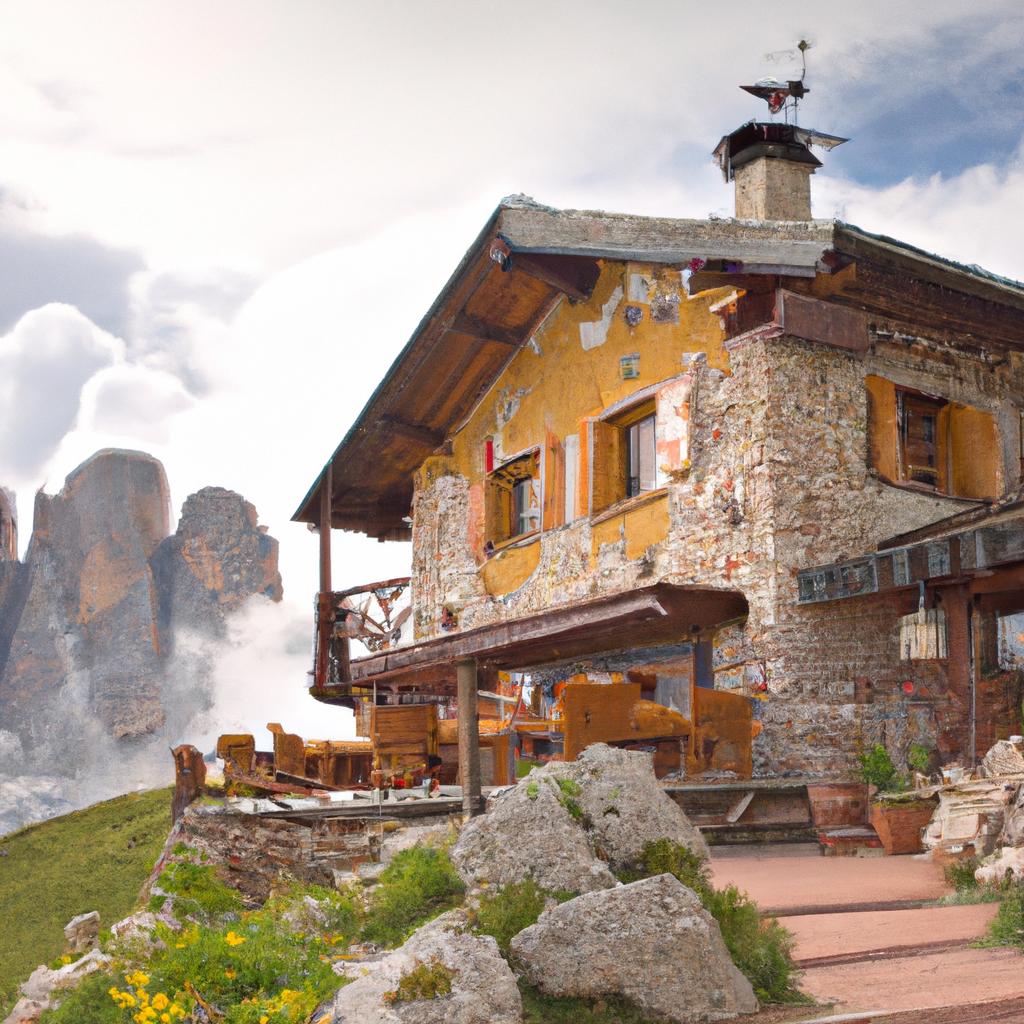
Challenges and Opportunities for Alpine Refuges in Italy
Despite their importance, Alpine Refuges in Italy face several challenges, including the impact of climate change. The Italian Alps are witnessing rapid temperature increases, resulting in melting glaciers, reduced snowfall, and transformations in Alpine ecosystems. These changes directly affect Alpine Refuges, as they rely on the natural environment to attract visitors. To address this challenge, the CAI is implementing sustainable practices in its refuges, such as energy-efficient lighting, water conservation, and waste reduction.
Moreover, exciting opportunities lie ahead for the development of Alpine Refuges in Italy. The demand for sustainable tourism is on the rise, and Alpine Refuges offer an unparalleled experience that aligns with this trend. The CAI is investing in new facilities and services, such as wellness centers, guided tours, and cultural events, to appeal to a broader range of visitors. Additionally, Alpine Refuges can promote local products, including traditional foods and handicrafts, contributing to regional economic growth.
In conclusion, Alpine Refuges in Italy are a precious asset that seamlessly combines adventure, culture, and sustainability. By preserving and nurturing Alpine Refuges, Italy can offer unique experiences to visitors while promoting economic development within local communities and preserving the natural heritage of the Italian Alps.
